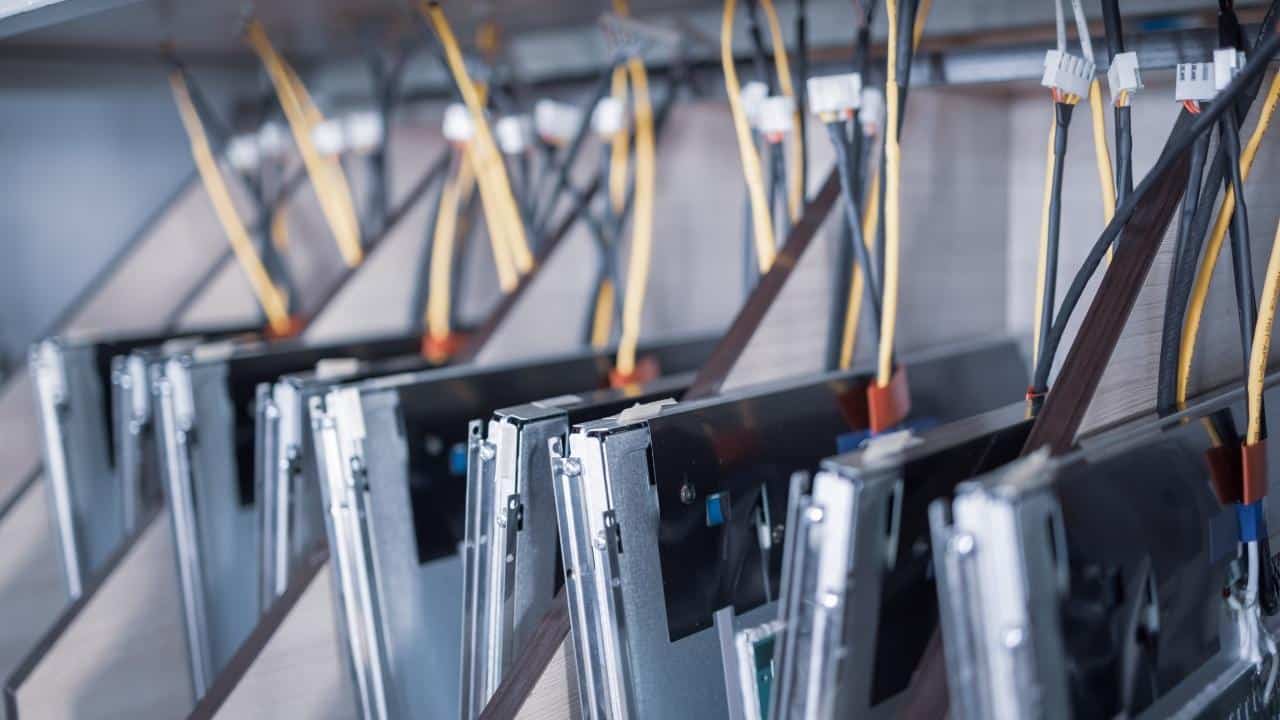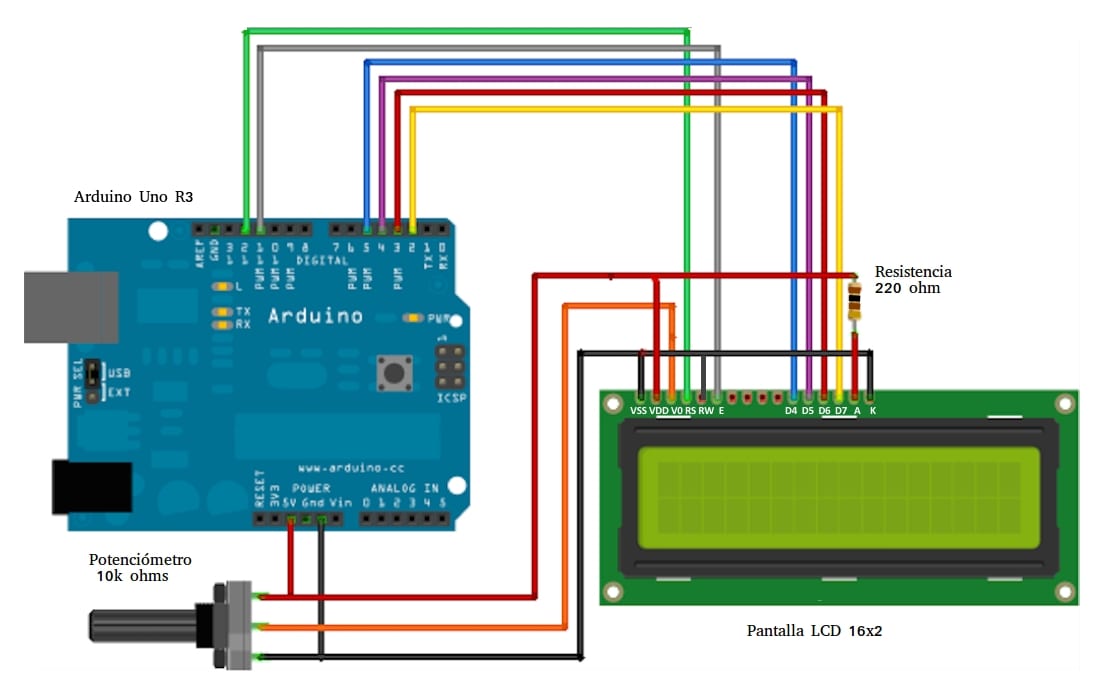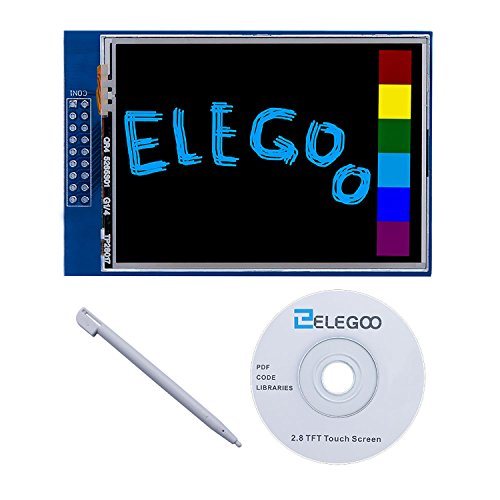
The digital age has ushered in a whole host of new display technologies. The TFT LCD screens they are one of those technologies that have revolutionized the electronic device industry in recent years. These new displays have made it possible for manufacturers to deliver innovative user interfaces, fast response times, and sharp images on a wide variety of devices, from TVs to smartphones and everything in between.
This article will guide you in the world of TFT LCD screens. TFT stands for Thin Film Transistor Liquid Crystal Display (thin-film transistor liquid crystal display), while LCD refers to its general use in most electronic devices such as televisions, computer monitors, and projectors, among others. If you're familiar with the basics of these display technologies, you're halfway there.
What is a TFT LCD screen?
A TFT LCD screen is a thin film transistor electronic display (TFT). This means that just like a normal LCD screen, this screen also uses a liquid crystal material. However, the key difference between a typical LCD and a TFT LCD is the way the liquid crystal material is used in a TFT LCD. Unlike a normal LCD screen, which works by turning the voltage across the liquid crystal material on and off, a TFT has a digital control circuit. This switch-type control allows the screen to display images, including text and graphics.
Types of TFT-LCDs
- active matrix: Active matrix TFT LCD displays use a thin layer of liquid crystal material sandwiched between two layers of thin transparent electrodes. A thin transparent conductive film is inserted between these electrodes and acts as a switch. When a voltage is applied across these electrodes, the liquid crystal material is forced to change its polarization state, causing a change in its optical properties. This property is used to turn pixels on and off to produce an image.
- Passive matrix: In passive matrix TFT LCD displays, the liquid crystal panel is sandwiched between two glass plates. When a voltage is applied between the two electrodes of the glass, the electrodes change to conductive states and the liquid crystal changes from one state to another. In this way, the pixels are controlled by the panel itself.
Advantages of TFT LCDs
Between the advantages of the TFT screen are:
- good soda rate: Refresh rate refers to the speed at which a digital screen can display new images. For example, most CRT televisions display images at a refresh rate of 60 Hz. This means that the image displayed on the screen is updated 60 times per second. With new technologies, such as LCDs, this refresh rate has been reduced to 244 Hz, which means that the images displayed on the screen are refreshed only 244 times per second. In most cases, a refresh rate of at least 60 Hz is needed to deliver acceptable image quality. A screen with a refresh rate lower than that looks jagged and blurry.
- Wide viewing angle: Unlike CRT televisions that display images with a narrow viewing angle, modern LCDs are capable of displaying images with a wide viewing angle. This means that you can view the images with your colleagues and friends from a wide angle without the image quality being affected.
- Compact size: Being flat, the size is much more compact and thin compared to a CRT screen. Also, CRTs don't usually come in such a wide variety of sizes, both the big ones and the smaller ones are just for LCDs.
Disadvantages of TFT LCD screens
Among the disadvantages of these screens compared to older CRTs are:
- Cost: The main advantage of an LCD screen is its low production cost. Compared to the production cost of a TFT, an LCD costs less, making it a more accessible display technology for the masses. However, there have recently been a number of advances in microlens technology that have made it possible to manufacture high-quality displays at a relatively low production cost.
- Consumer goods: Because they need to be backlit.
Best Arduino Compatible TFT Displays
Si vas a purchase TFT screens For your projects with Arduino, here are some examples that we recommend:
As you can see, they are not overly expensive and allow you to carry out many projects with Arduino. And not only that, you can also join them to other different projects, including SBCs like the Raspberry Pi. Versatility is very high, the limit is your imagination.







